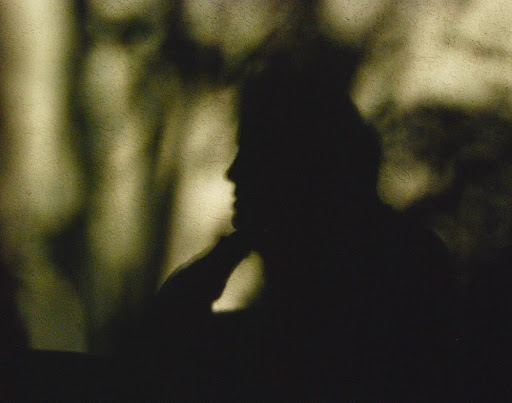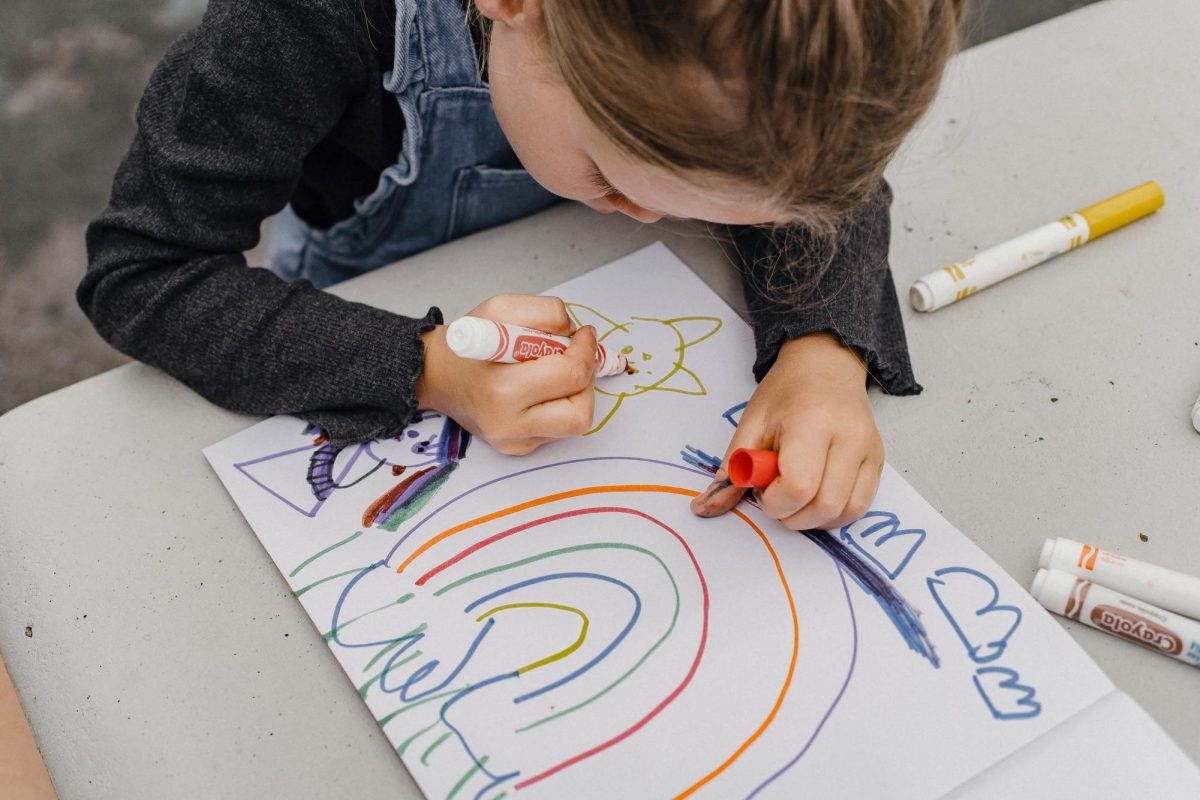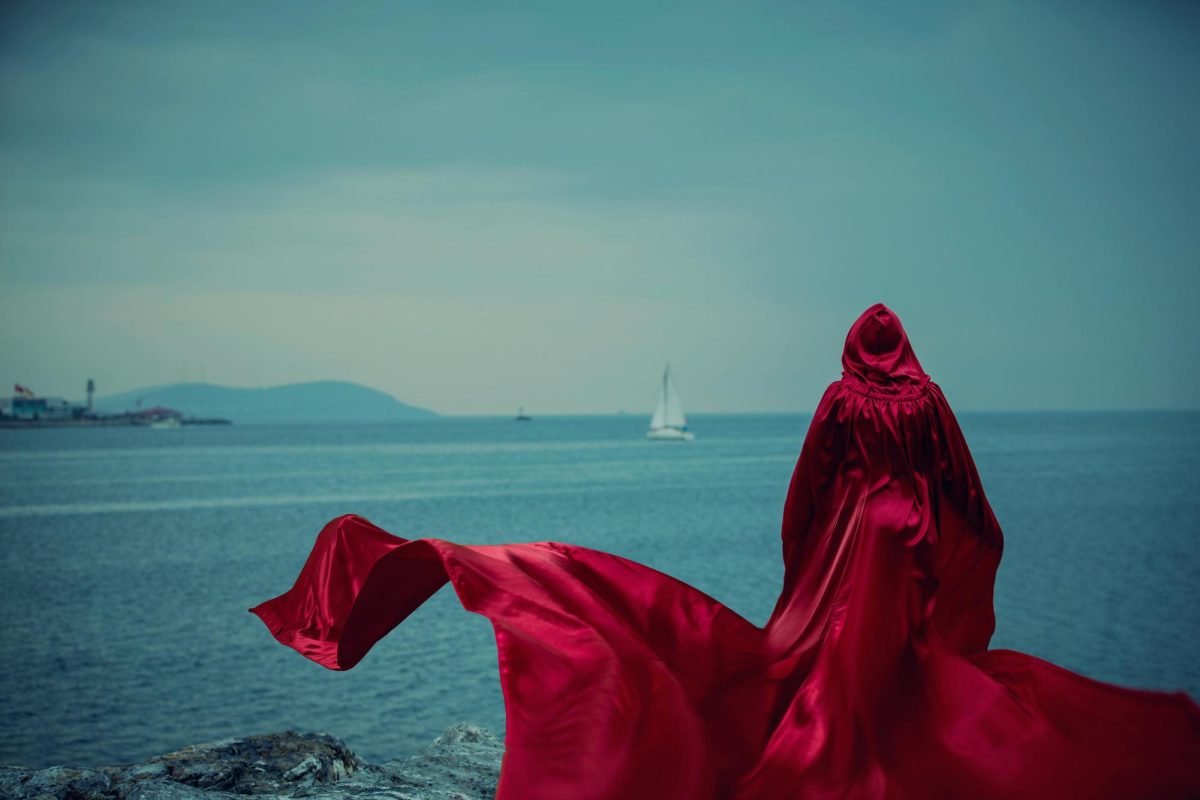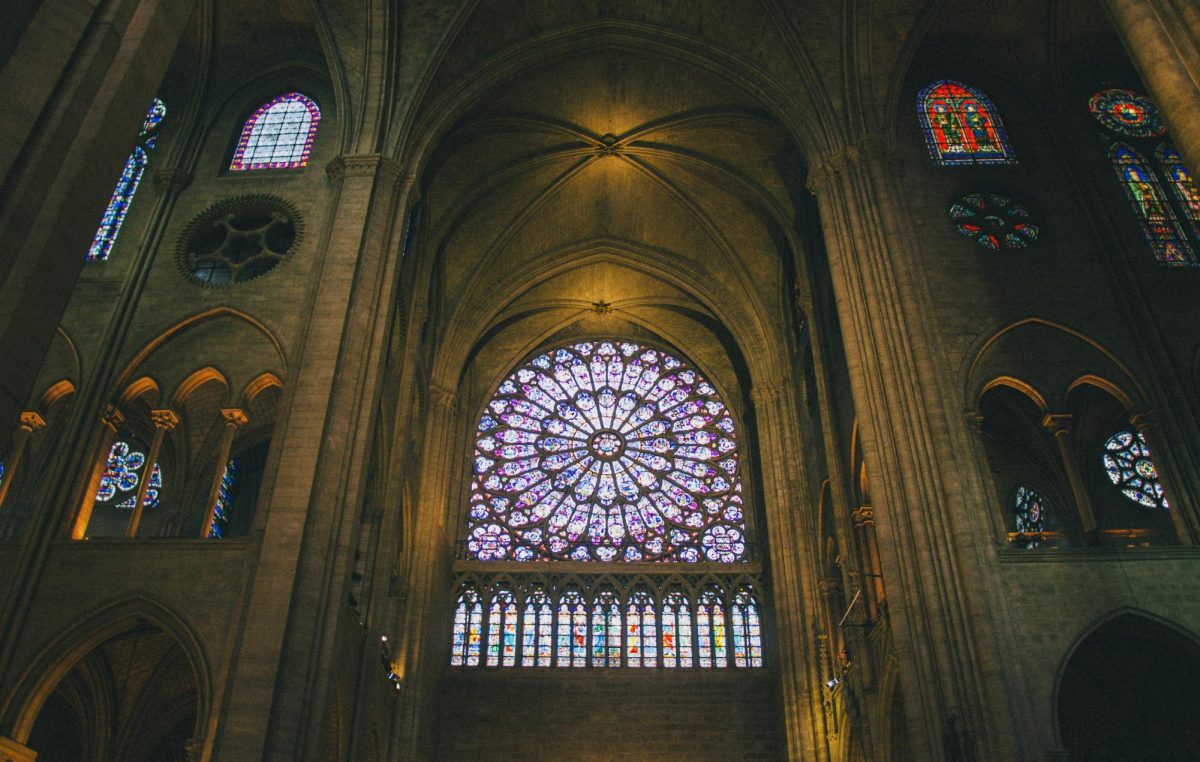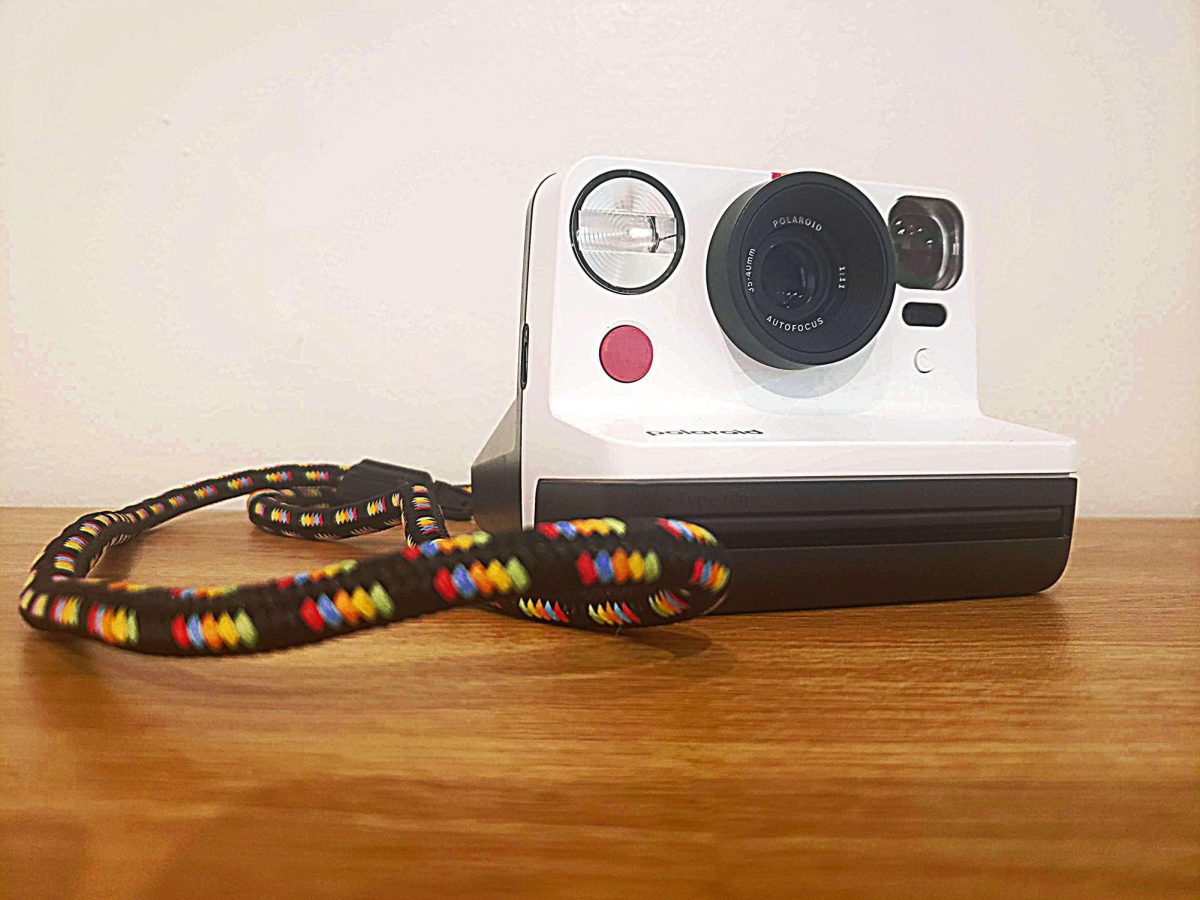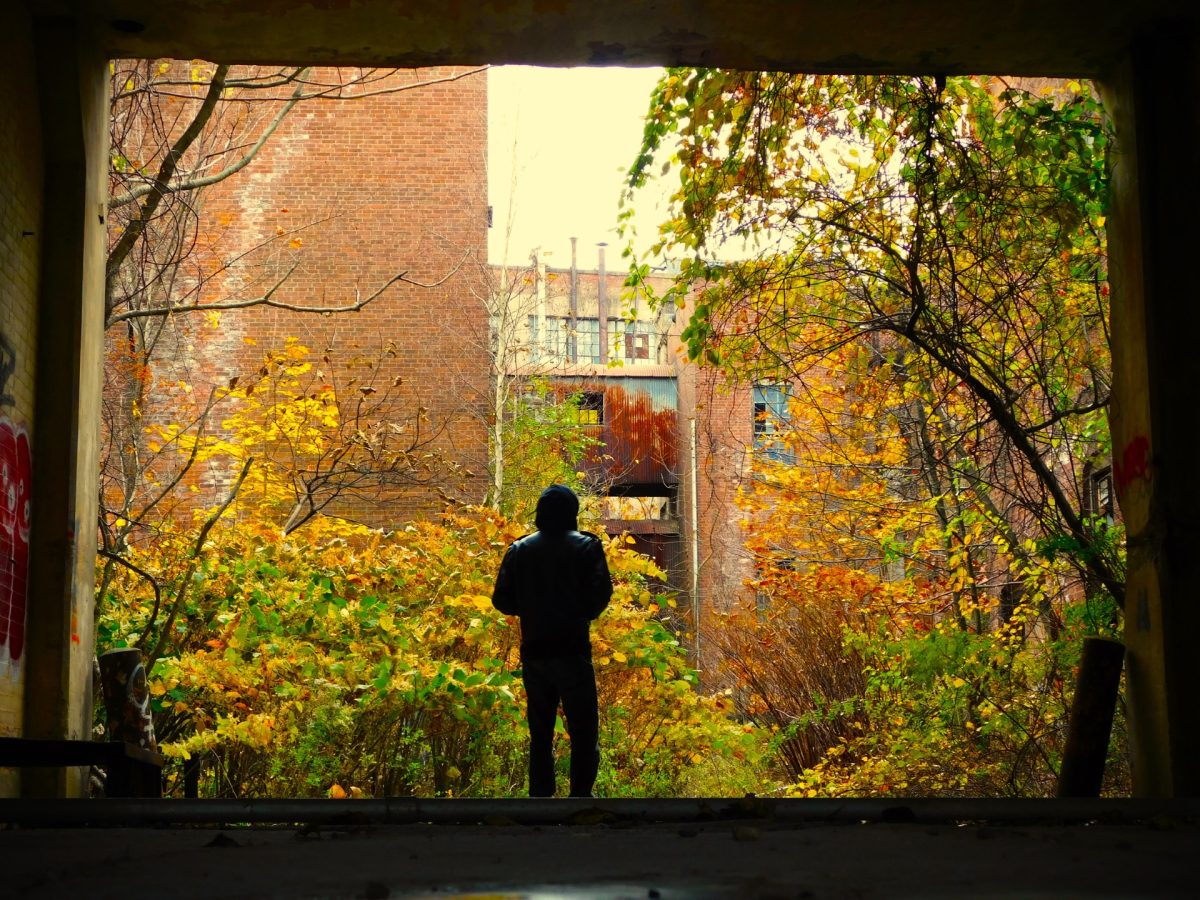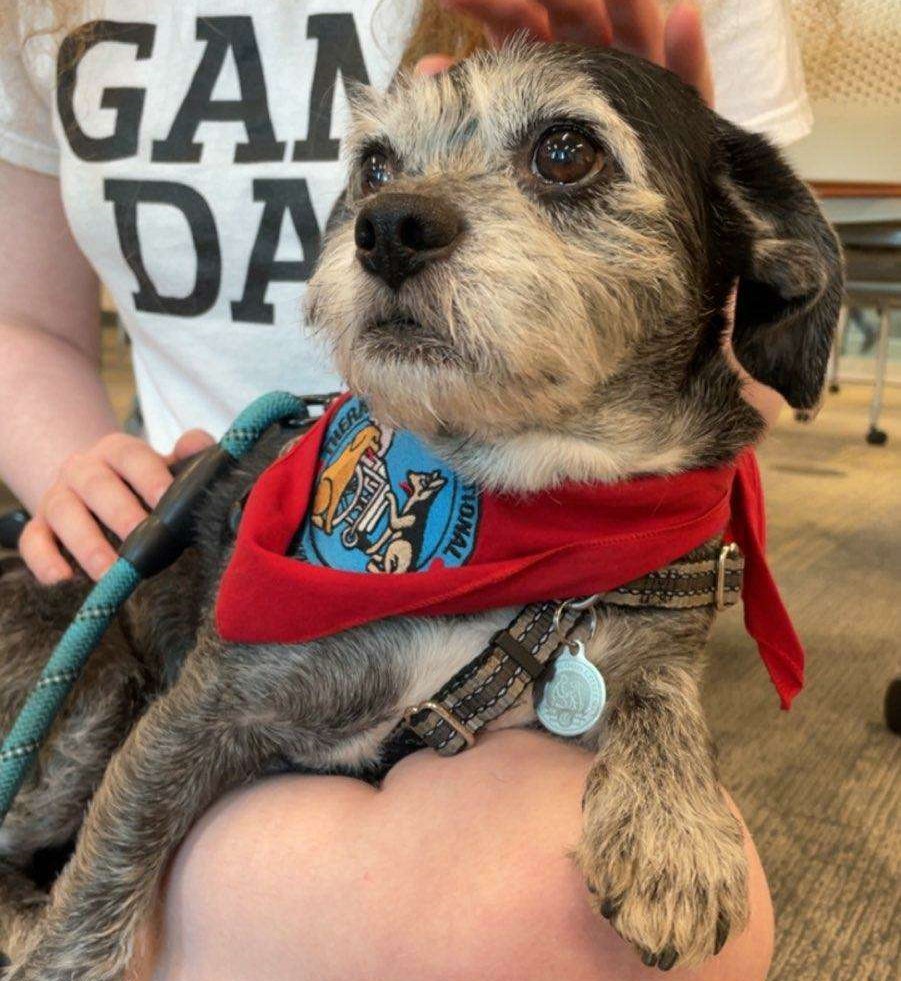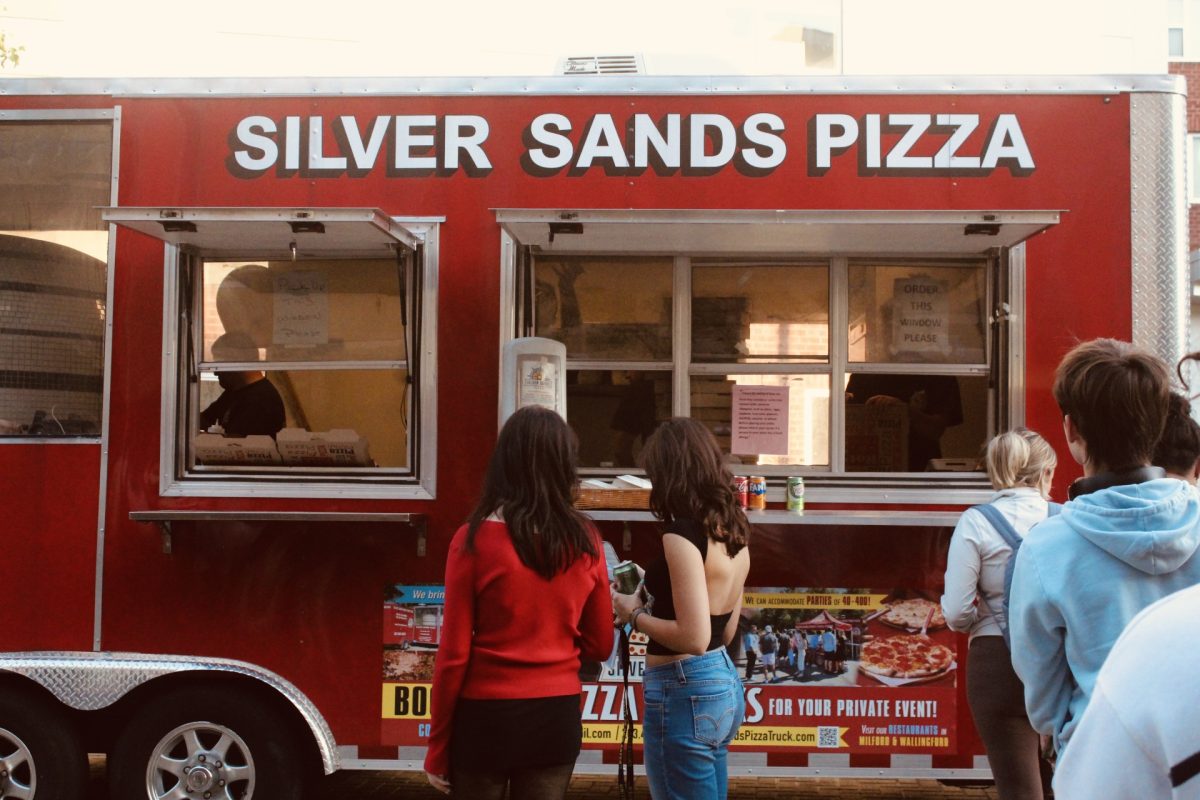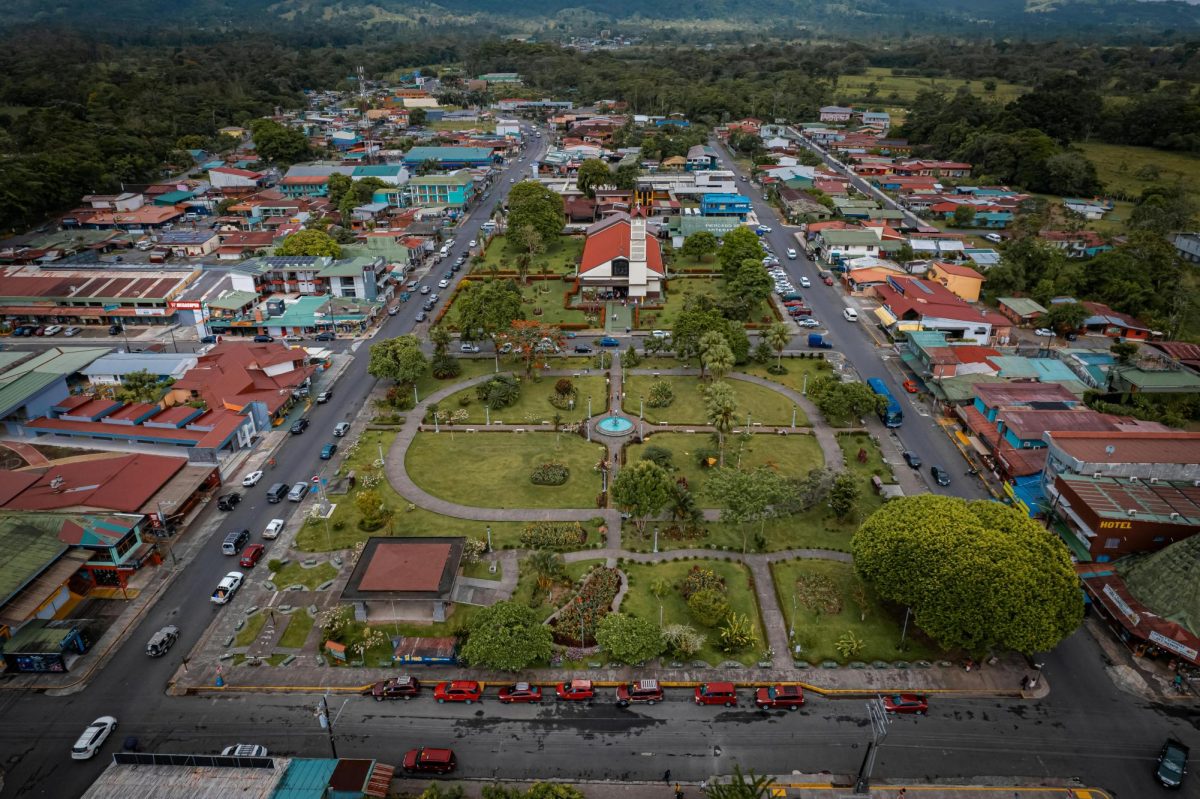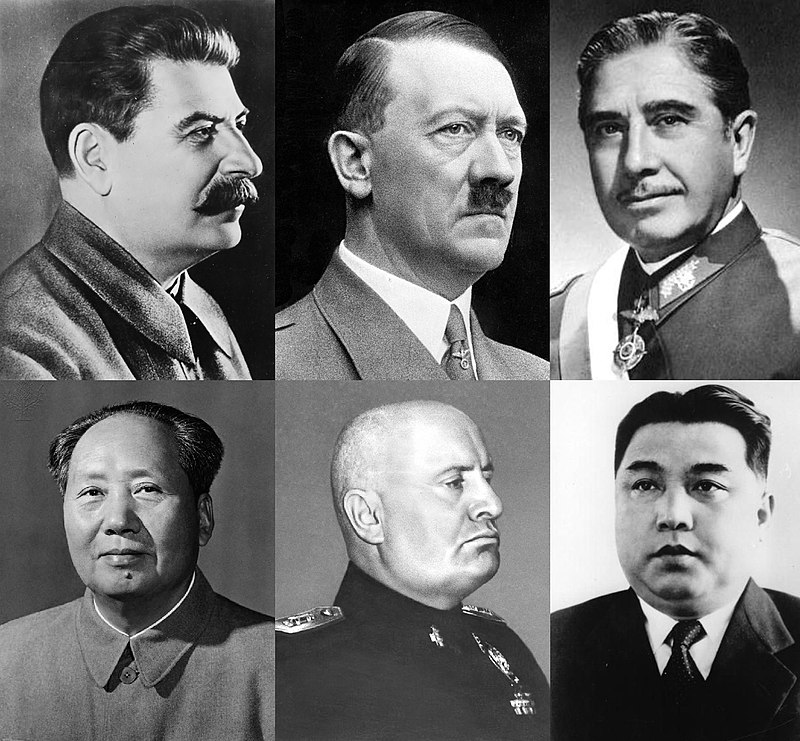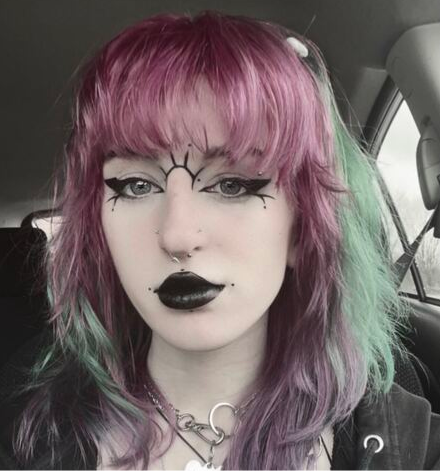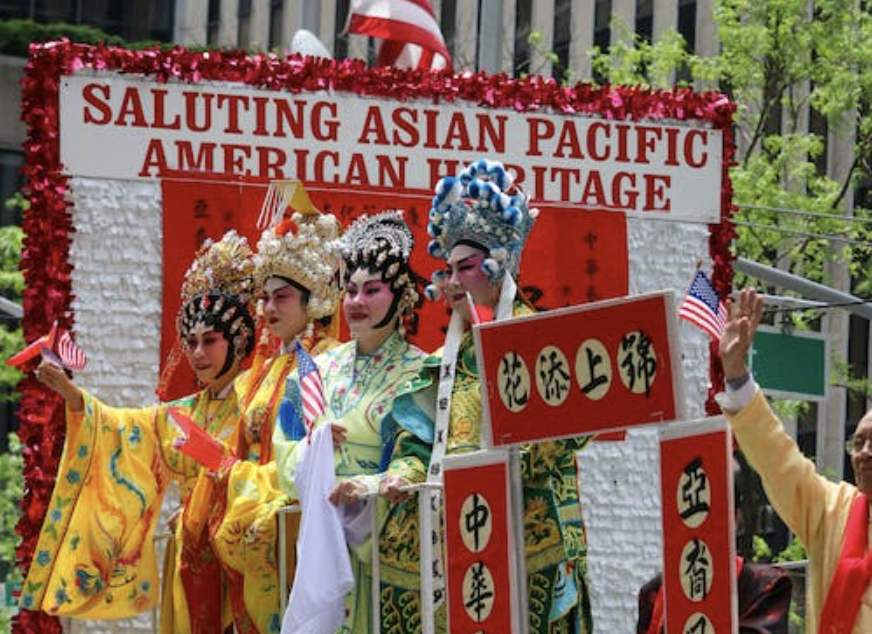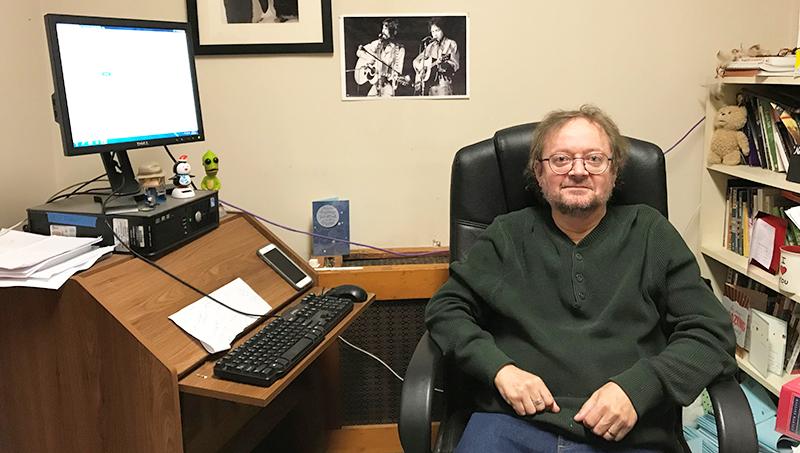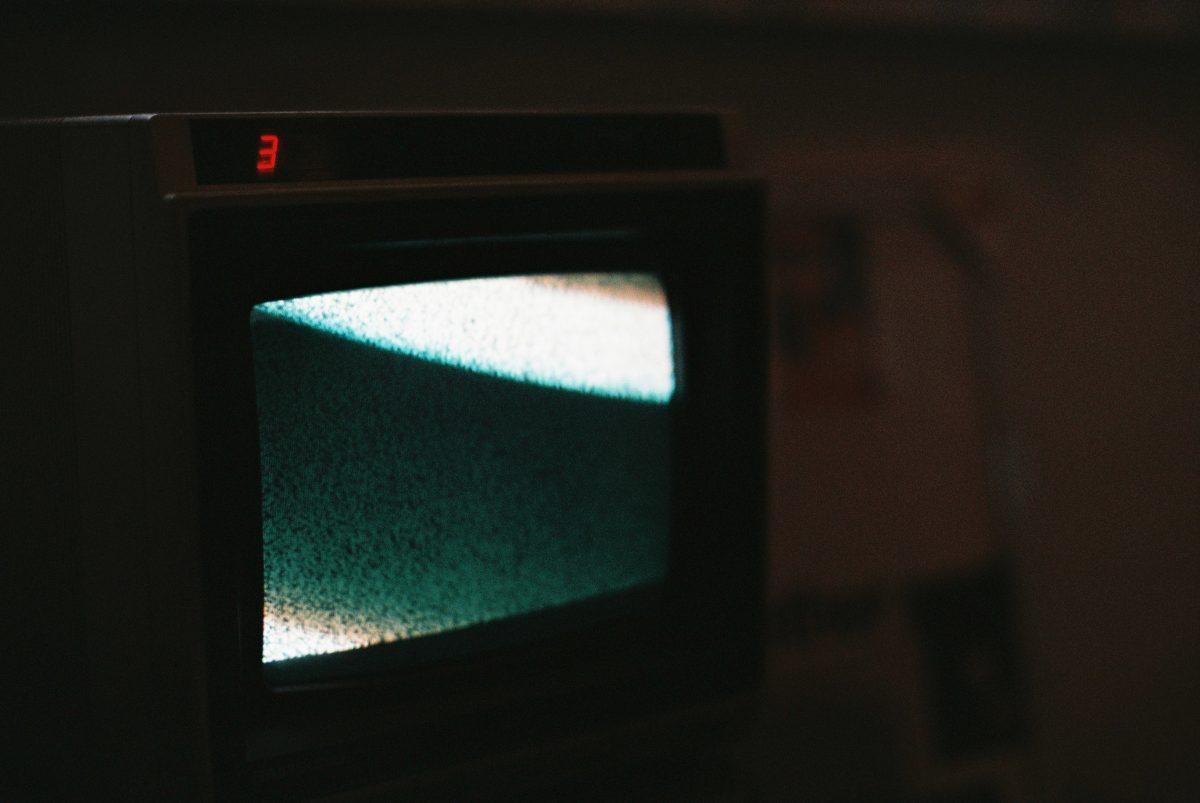They say that art imitates life. For racialized people, they know this to be false; the experiences that they live through never make it onto the screen in a way that is genuine and heartfelt. Historically, racialized people have only been included in television and other media to be mocked and demeaned. There was a shift during the late 2010s that saw the increase of non-white people as characters in mainstream media. Hollywood and other creators saw that having diverse representation in their casts appealed to the media and their audience. It would allow them to reach audiences that they never had while retaining their majority-white following. Since there was such a lack of on-screen diversity and representation, producers and executives did not have to put in much effort to please racialized communities and instead of representing people and their stories accurately, they could focus on diversity and its relation to increased capital, continuing to do so today.
While the public clamors for more representation in the media, we should ask what this truly amounts to in the grand scheme of things. It is nice for people from racialized communities to be able to see themselves represented in different narratives, but seldom are they given that narrative freedom. Often, these actors are only inserted in the show to play second fiddle to the white lead or they are pigeon-holed in a stereotype that works against their growth and development in the show, ultimately causing insult to the actual community they are trying to represent.
When these actors do have the opportunity to play the main characters, the media is usually traumatic in nature and does not seek to offer entertainment or escapism like the media with white people at the forefront. The lives and experiences of racialized people, especially those of the Black community, are routinely bastardized and inappropriately represented under the guise of “raising awareness” or “having diversity.” Despite this, many give leeway to these pieces of media because it satisfies a need to be seen in narratives, regardless of the message.
Executives and producers can create mediocre content under the pretense of furthering their insincere mission of having greater diversity in Hollywood and by extension on screen. Having diversity or a show with a lot of representation, regardless of whether it is good, is favorable to general audiences. Not only does it allow them to wield their moral high ground on social media, but it also means that Black and Brown actors are being recognized for their talent. However, the latter is at the expense of them being put in simulated traumatic events or relegated to the cheerleader of the white character.
At the end of the day, white people are still the focus of the narrative. Media that focuses on trauma is made for white audiences to grapple with the horrors that racialized communities experience on a daily basis, with a focus on an idyllic ending. Both aspects are insulting and seek to capitalize off of trauma while soothing white audiences with a simulated change of status quo. In the same vein, the impacts on the represented community are dastardly. It dehumanizes and diminishes their identity to solely be about their trauma and keeps them trapped in perpetual pain, for it is everywhere.
What is the ultimate outcome of media representation? Why do we bargain and beg to be used by white people? Why do we plead to be let into white domains where we are silenced, brutalized, or bastardized?
There is no merit to diversity under Hollywood because it does not give material resources back to the community that they are trying to exploit represent. It is futile and naive to regard it as something that positively changes the way racialized communities are viewed. It is unfathomable that many people, especially racialized Black and Brown people, actually champion representation in conjunction with desirability politics and assume that this will alter the social hierarchy. Under no circumstances is having a non-white person in a fictionalized role of prominence going to alter the dominant ideology that reserves empathy, compassion and actual person-hood for white people. In fact, representation and hypervisibility can harm racialized groups, especially when Hollywood uses representation to purport false narratives and stereotypes.
Behind glazed eyes that follow the sight of diversity, beneath tongues that croon to exploitative executives, lays a palpable danger. Media legitimizes social behavior and ideology; it would be asinine to overlook this in favor of anemic narratives that incur a greater social loss than gain. In the same vein as the minstrel shows of the past, perhaps the mainstream representation of racialized communities is simply an evolved form of this type of media. The peril is eerily similar, however, you still yearn for them to laugh with you and not at you.


